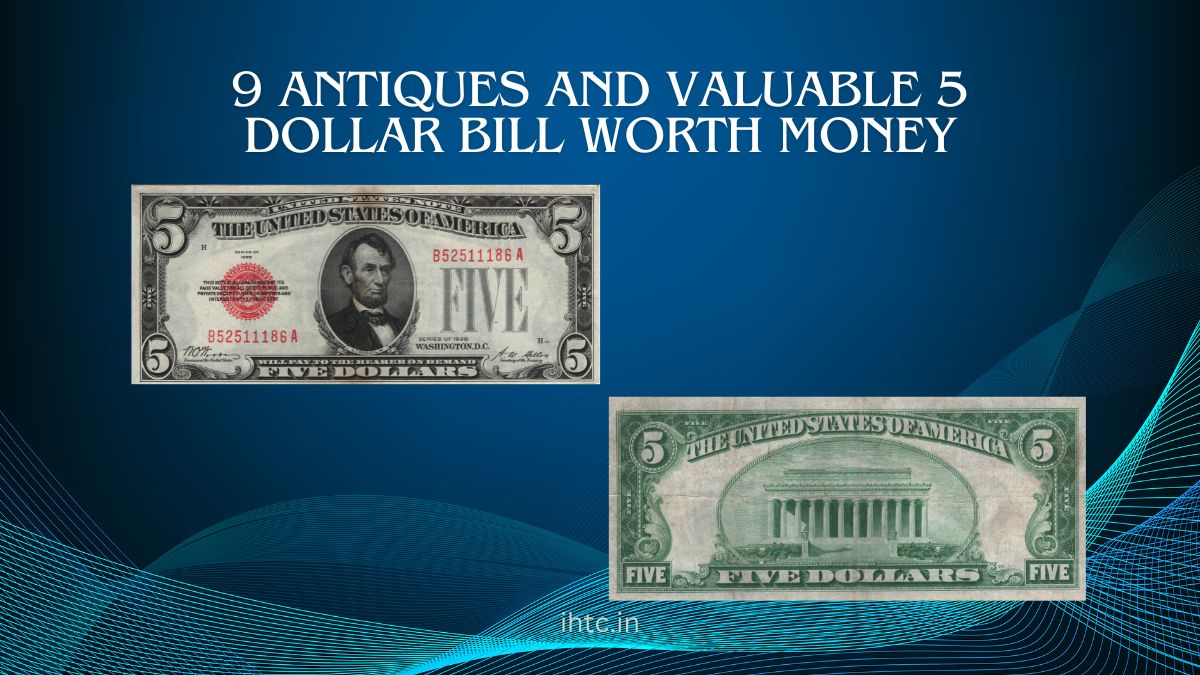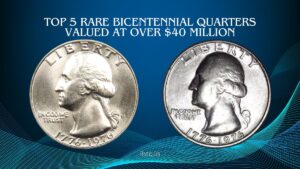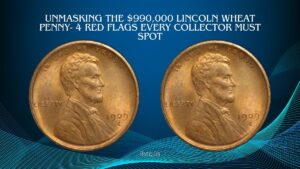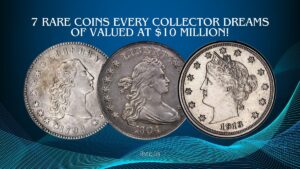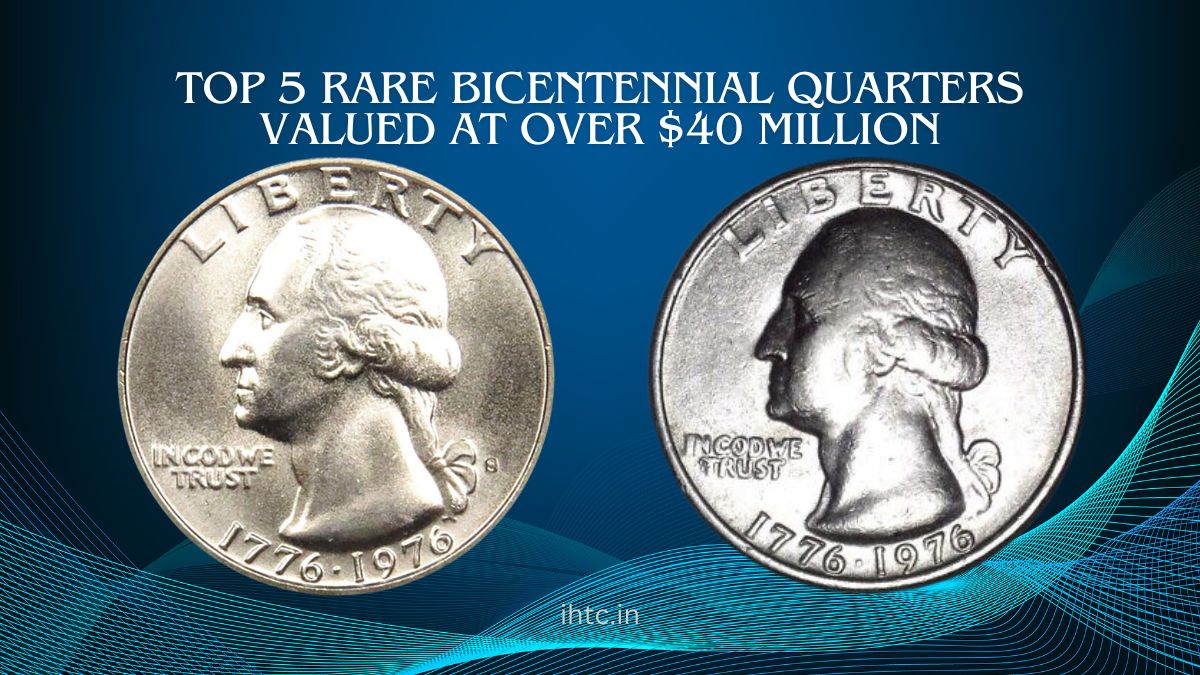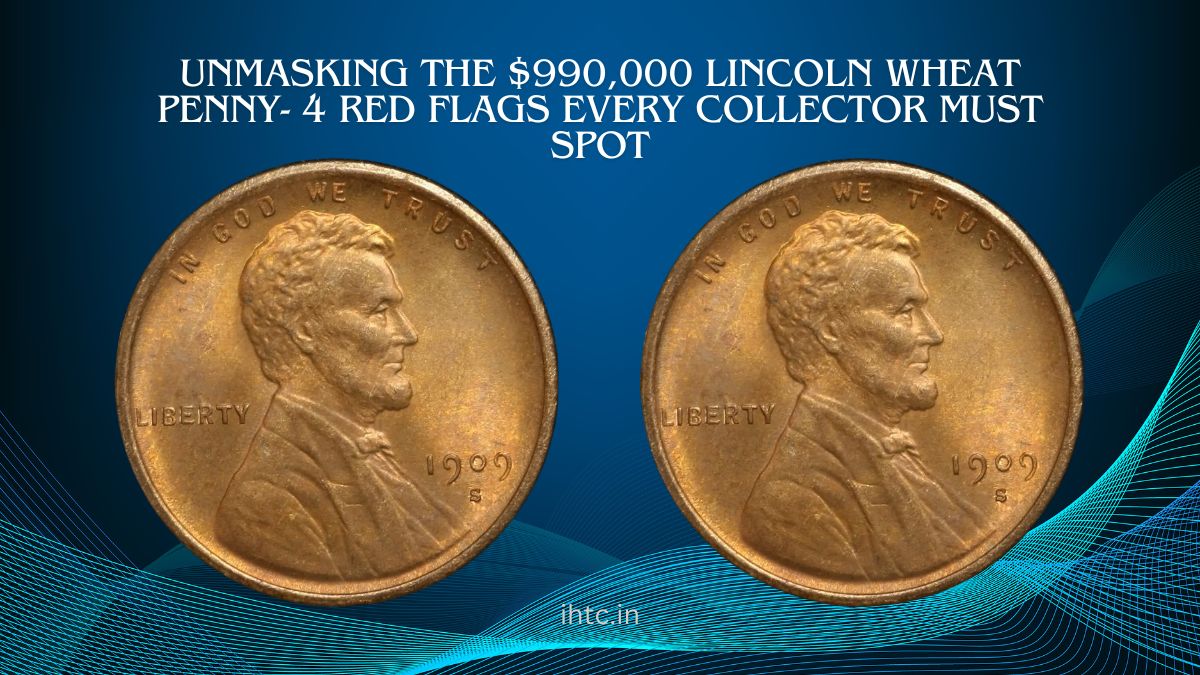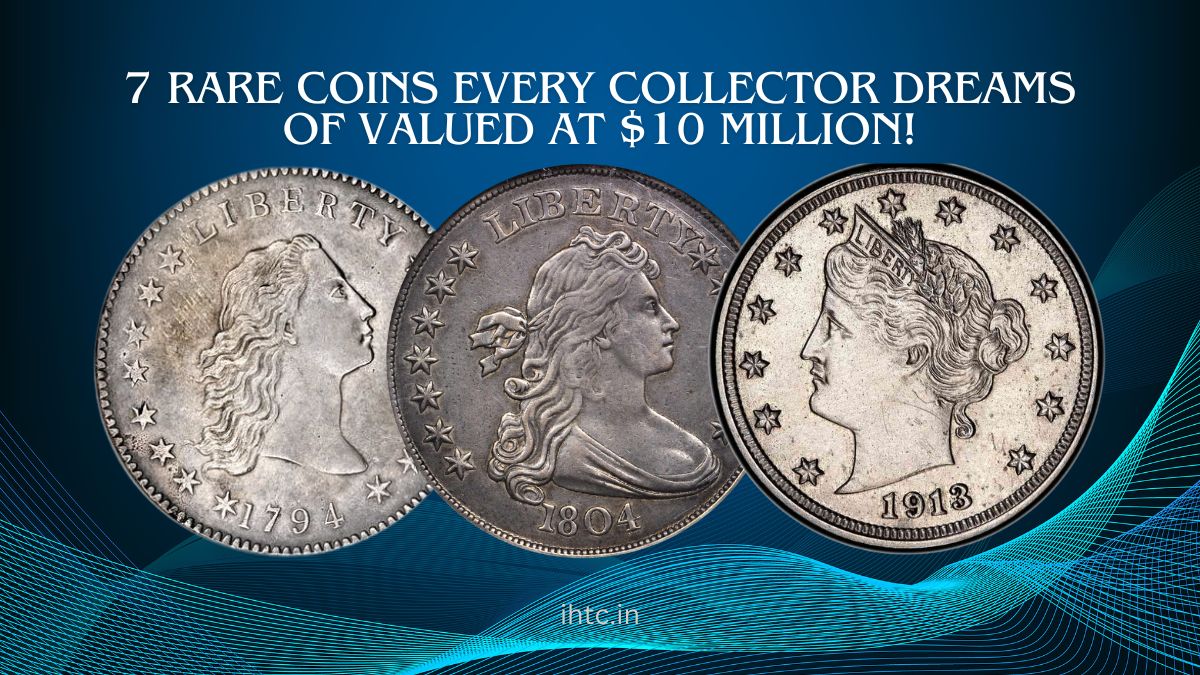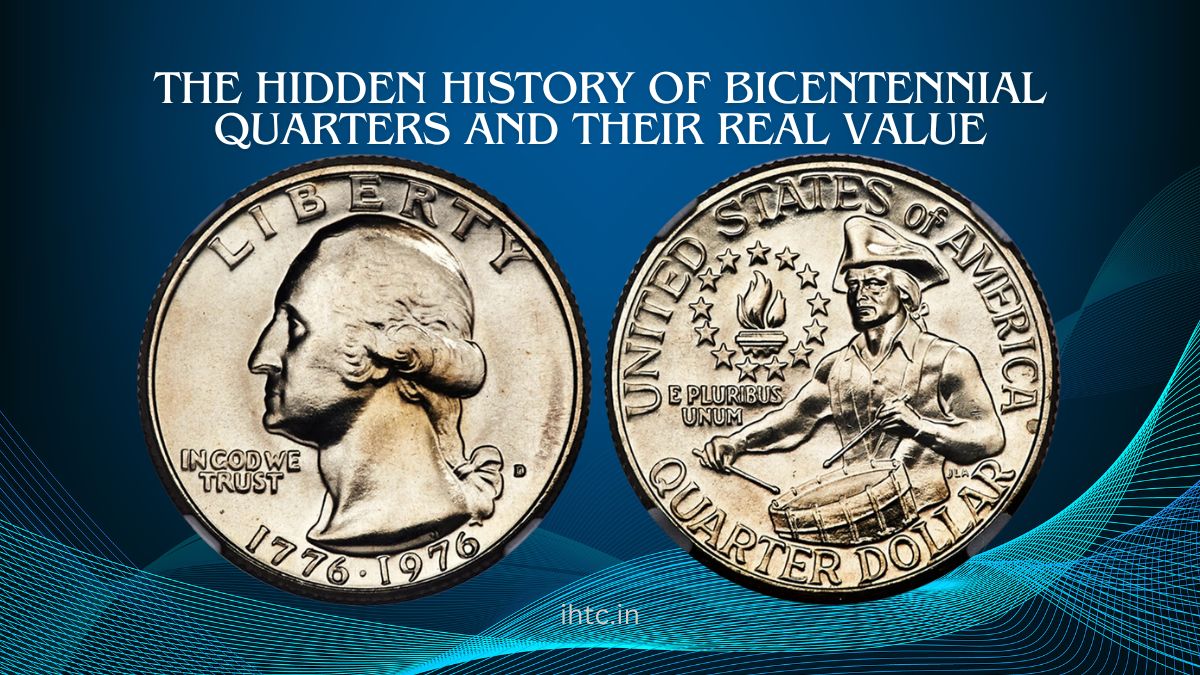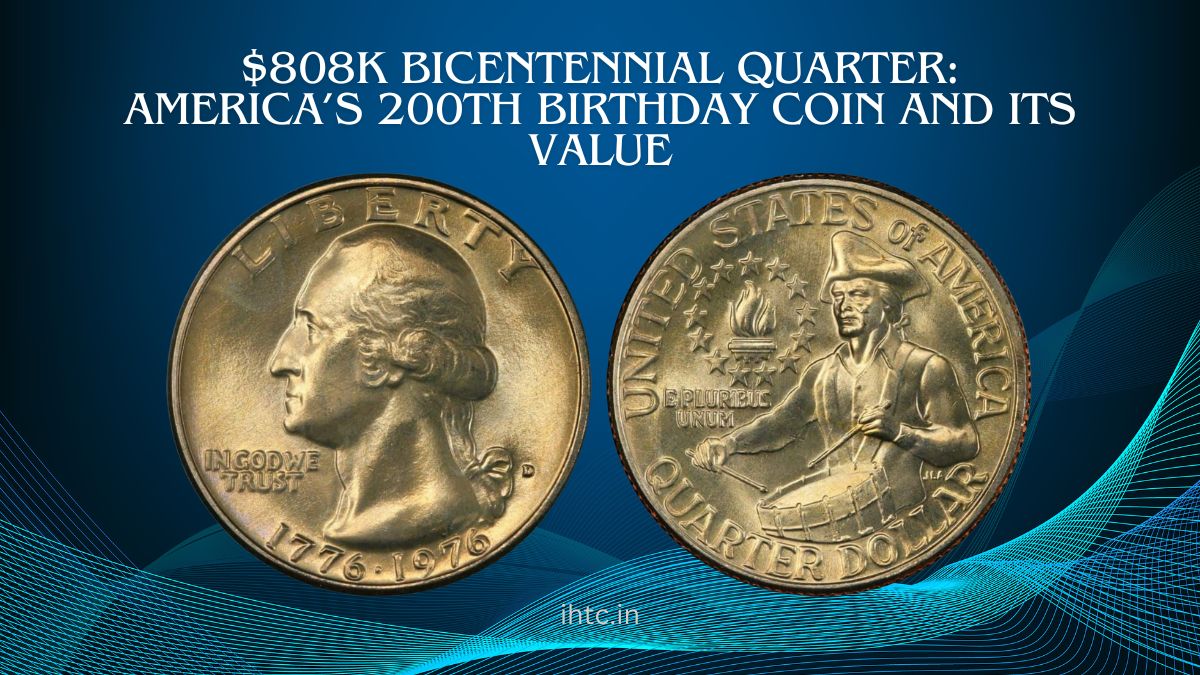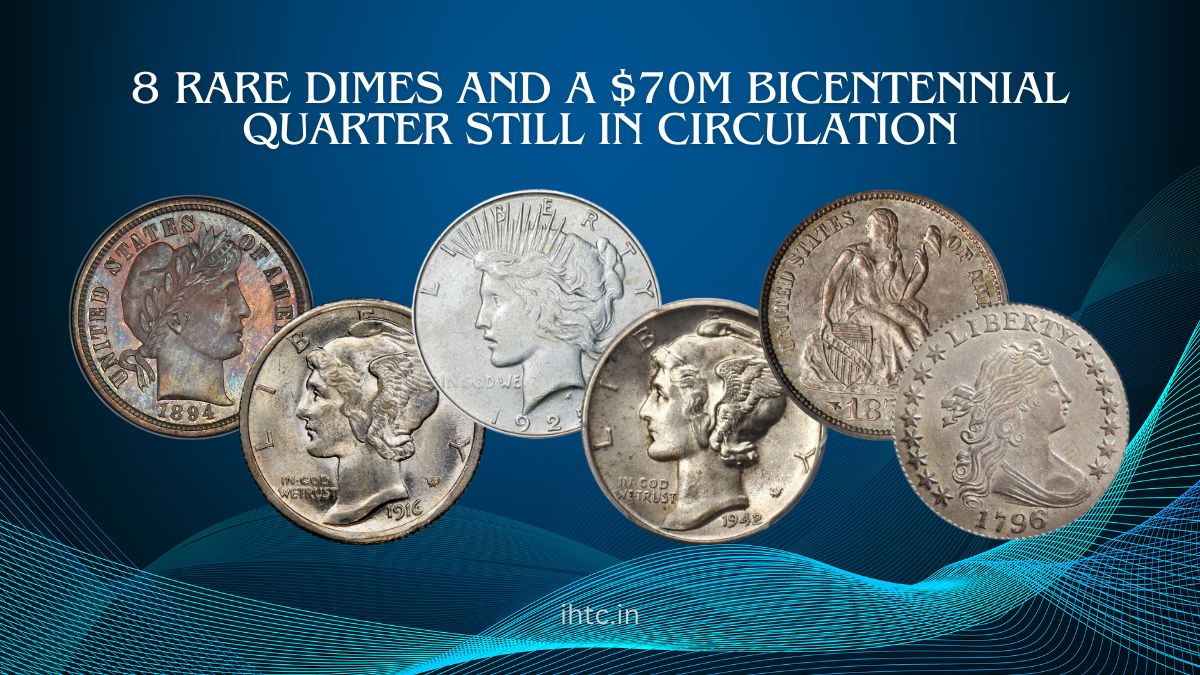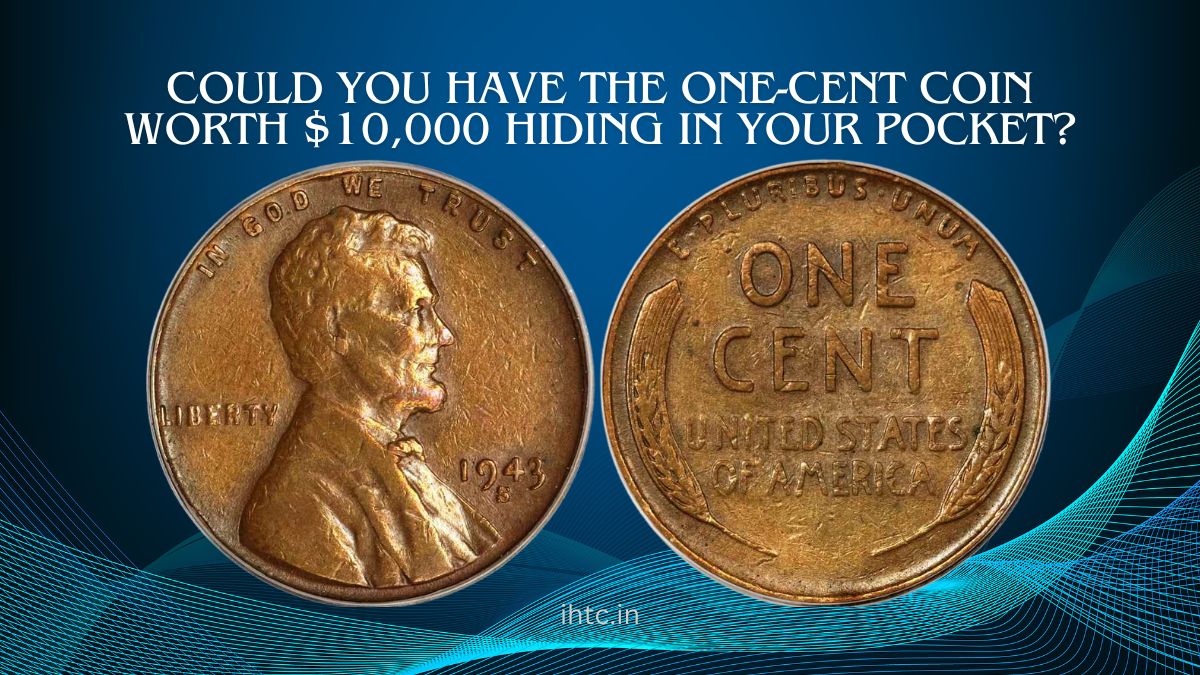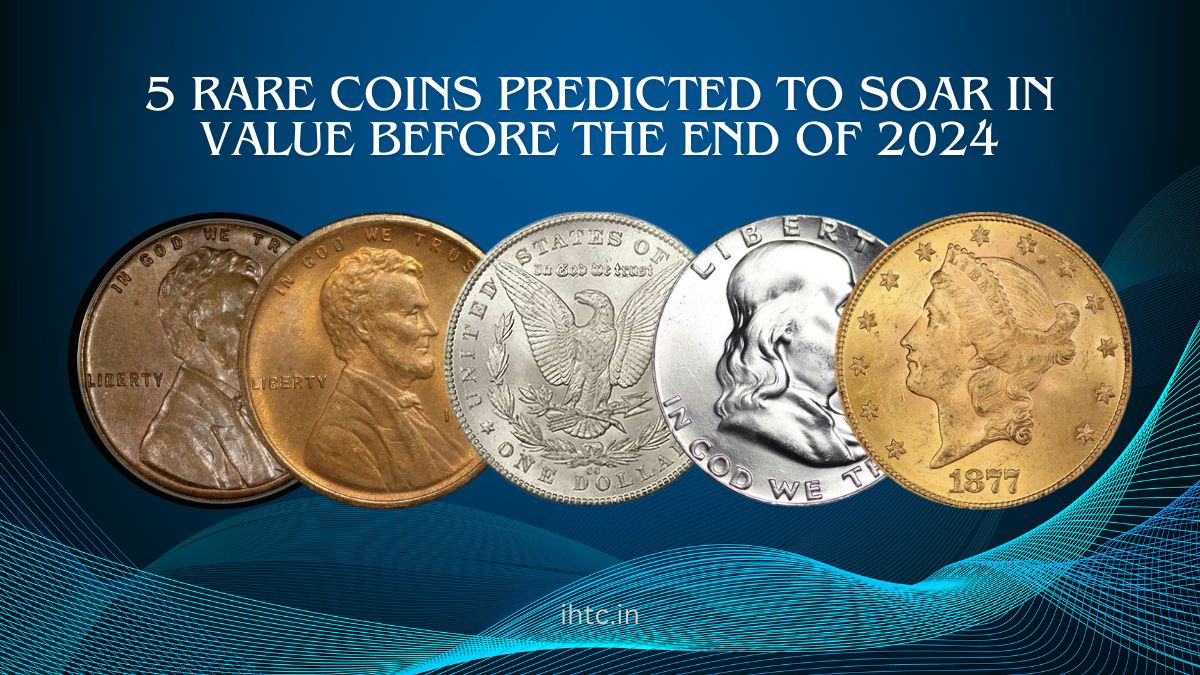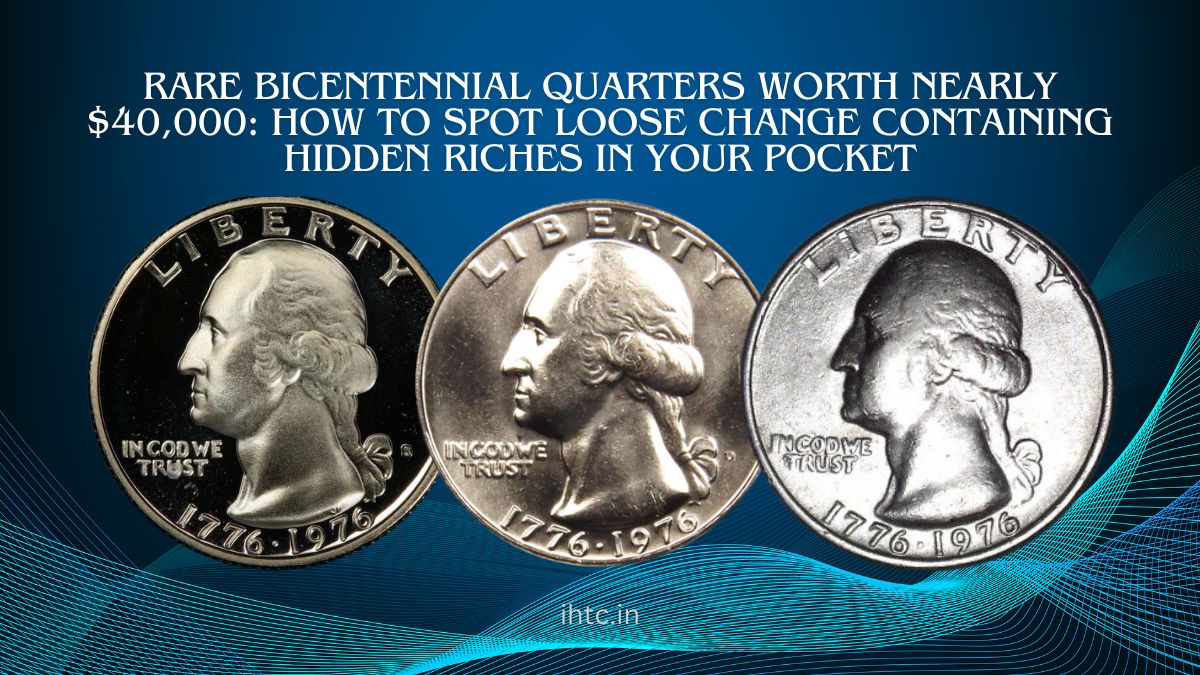Paper money collecting, particularly with vintage $5 bills, may be a lucrative and exciting pastime. The history and distinctiveness of antique $5 bills attract a lot of collectors, but some of them are valued far higher than their face value.
Certain $5 notes have brought thousands of dollars at auction with their distinctive serial numbers and misprints. In our article we will explore 9 most valuable $5 notes worth a lot of money in market today.
Antiques and Valuable 5 Dollar Bill Worth Money
1. 1861 $5 Demand Note
Overview: The 1861 Demand Note is one of the first American banknotes and a rare $5 bill in circulation. These notes, issued during the Civil War, were essential in helping the Union raise money. Few of these are left now, making them quite desirable to collectors.
Value:Depending on their condition, these notes can fetch anywhere from $1,350 to $3,500. If they have never been used, they can fetch even more at sale.
Identification Advice:To check a bill is a demand note or not , look for the “For the” notation on it. The big size of the bill and the absence of the well-known “In God We Trust” further aid in identifying this unusual find.
2. 1869 $5 United States Note (Wood Chopper)
Overview:The 1869 United States Note is a highly prized , sometimes known as the “Wood Chopper,” because of the image on it showing a man cutting wood. The note’s vivid red and green inks set it apart from most other forms of money, making it noteworthy.
worth:Uncirculated examples can fetch about $2,500, while circulated ones range in worth from $450 to $875.
Identification Tip: Look for the bill’s complex wood-chopping scene and bright red serial numbers. The bill is larger than contemporary banknotes.
3. 1886 $5 Silver Certificate
Overview: One of the earliest banknotes backed by silver was the 1886 Silver Certificate, also known as the “Morgan Back” because of its design, which included silver dollar coins. These notes, still a collector’s favorite today, could be exchanged for silver dollars on demand.
Value: In good condition, these bills can be valued at $550 to $2,250, but flawless, uncirculated notes can fetch over $2,900.
Identification Tip: The red seal and serial number are obvious signs of authenticity, while the back of the note boldly displays Morgan silver dollars.
4. 1890 $5 Treasury Note
Overview: Among the rarest $5 bills ever made are the Treasury Notes from 1890. Less than 15 of these large-size notes are believed to still exist today. Only a few numbers have survived. They’re extremely precious because of their scarcity.
Value: An astounding $282,000 was paid for an outstanding 1890 Treasury Note at auction.
Identification Advice: Look for the “Treasury Note” marks, huge size, and intricate imagery. Even widely distributed versions are valuable due to their rarity.
5. 1928-C $5 Federal Reserve Note
Overview: This small note, issued in the late 1920s, marks the shift to modern currency proportions. It was among the first series to use this new look and had a green seal.
Value: Circulated banknotes normally sell for between $200 and $650, but uncirculated bills can fetch up to $1,900.
Identification Advice: Seek out the green seal and modest size. Early serial numbers, particularly if the number is low or a “star note,” increase the coin’s value.
6. 1934 $5 Federal Reserve Note (Hawaii Overprint)
Overview: During World War II, unique $5 notes bearing the name “Hawaii” on the back were created specifically for use in Hawaii. These notes were designed to be instantly identifiable in the event of an enemy invasion, enabling the American government to swiftly deflate the currency if necessary.
Value: These notes can be worth between $25 and over $3,000, depending on their condition and rarity.
Identification Tip: These notes are simple to recognize thanks to the brown seal and the large “Hawaii” overprint on both sides of the bill.
7. 1953 $5 Red Seal Legal Tender Note
Overview: The 1953 Legal Tender Note is notable for its design and historical significance, as well as for its vivid red seal and serial numbers. These notes are very collectible, even though they are not especially rare.
Value: These notes can sell for $12 to $20 in circulated form, but uncirculated examples can bring anywhere between $50 and $150.
Identification Tip: This note can be distinguished from other Federal Reserve Notes, which usually have a green seal, by its red seal and serial number.
8. 1862 $5 United States Note
Overview: The 1862 $5 United States Note is one of the oldest pieces of paper money the federal government ever created. It is another note from the Civil War era. Since these large-size notes have historical significance, they are very collectible.
Value: Uncirculated notes are valued at more than $2,000, but circulated ones can be worth anywhere from $375 to $900.
Identification Tip: Later notes frequently did not have a Treasury building on the back; instead, look for the huge red seal.
9. 1914 $5 Federal Reserve Note
Overview: The 1914 Federal Reserve Note, with its crimson seal, is a big note. These notes, issued not long after the Federal Reserve was founded, are valued for their historical significance and distinctive appearance.
Value: Uncirculated notes can be valued at more than $1,400, and circulated bills are between $200 and $325.
Identification Tip: This note is larger than the small-size notes released in 1928 and has a red Treasury seal.
| Year | Bill Type | Size | Seal Color | Circulated Value | Uncirculated Value |
|---|---|---|---|---|---|
| 1861 | Demand Note | Large | None | $1,350 – $3,500 | N/A |
| 1869 | U.S. Note (Wood Chopper) | Large | Red | $450 – $875 | $2,500+ |
| 1886 | Silver Certificate | Large | Red | $550 – $2,250 | $2,900+ |
| 1890 | Treasury Note | Large | Red/Brown | $440 – $1,600 | $282,000 |
| 1928-C | Federal Reserve Note | Small | Green | $200 – $650 | $1,900 |
| 1934 | Federal Reserve Note (Hawaii Overprint) | Small | Brown | $25 – $3,000 | Varies |
| 1953 | Legal Tender Note | Small | Red | $12 – $20 | $50 – $150 |
| 1862 | U.S. Note | Large | Red | $375 – $900 | $2,000+ |
| 1914 | Federal Reserve Note | Large | Red | $200 – $325 | $1,400+ |
In addition to the excitement of discovering priceless artifacts from the past, collecting rare $5 notes has the potential to yield substantial cash gains. The market for old money is vibrant, with items ranging from distinctive misprints to notes from the American Civil War.
Look closely for uncommon characteristics such as distinct serial numbers, printing mistakes, and particular seal colors if you have any antique $5 bills. Verifying their worth with a currency grading agency will help you make the most of your finds.
Whether you are an experienced collector or a novice, looking out for these uncommon $5 bills can elevate a common piece of cash to a valuable item. Cheers to your collection!
